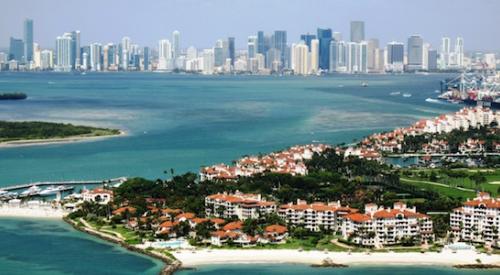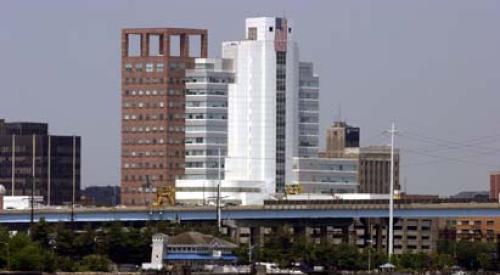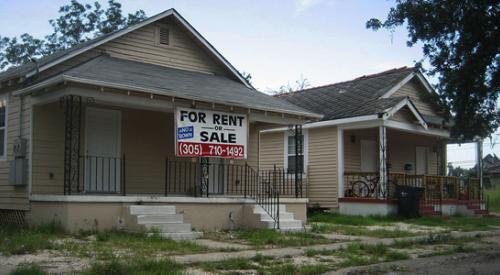Not everyone is going to hit it big in his or her lifetime. As the famous actor and columnist Will Rogers said, “We can’t all be heroes because somebody has to sit on the curb and applaud when they go by.” And, depending on where you live, that curb can either be cushy and comfortable, or a literal pain.
GobankingRates.com has compiled a list of the best cities where the average person will have the largest amounts of surplus income to spend as they see fit. Living comfortably was determined by using the 50-30-20 rule of budgeting. That means 50 percent of a person’s income pays for necessities like food and housing, 30 percent goes towards discretionary expenses like entertainment, and 20 percent goes towards savings, realtor.com reports. However, residents in some cities might not need to spend 50 percent on necessities or 30 percent on discretionary expenses, giving them a surplus.
After comparing the median incomes and the cost of living for 50 cities throughout the United States, Virginia Beach, Va., residents, on average, have an extra $16,072 left over in their annual budgets after covering their ordinary expenses.
Bakersfield, Calif. ($13,416), Colorado Springs, Colo. ($9,716), Arlington, Texas ($6,151), and Mesa, Ariz. ($5,605) rounded out the top five cities for living comfortably.
But for many people across the country, sitting on the curb is not quite so pleasant. Miami, Fla., had the largest deficit income in the country at $46,199. Miami was followed by San Francisco ($41192), New York ($34,709), Boston ($29,937), and Los Angeles ($24,689).












